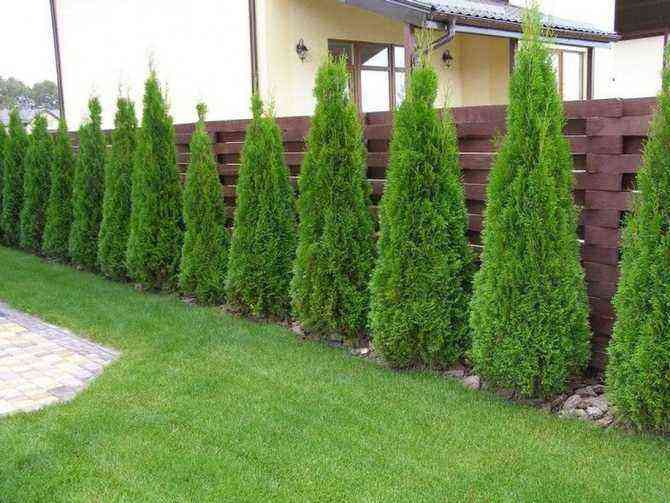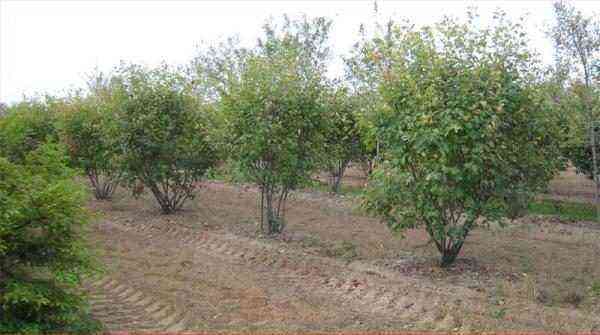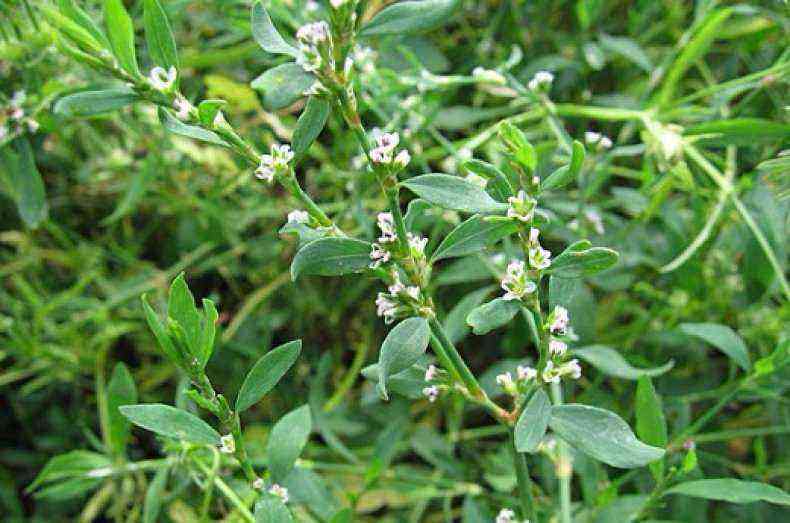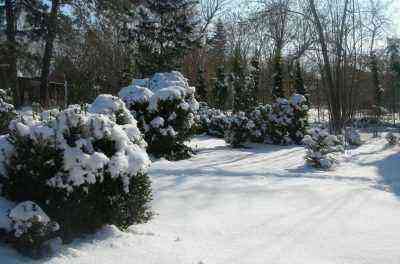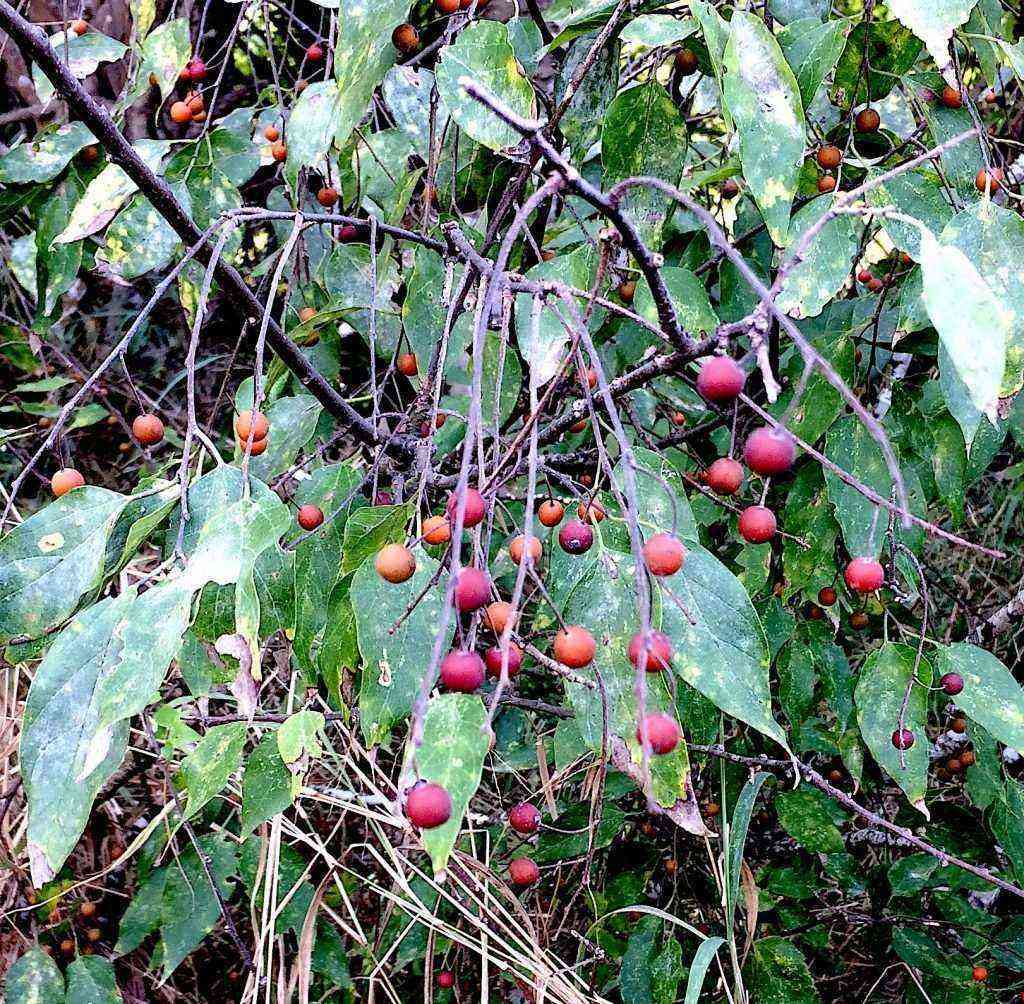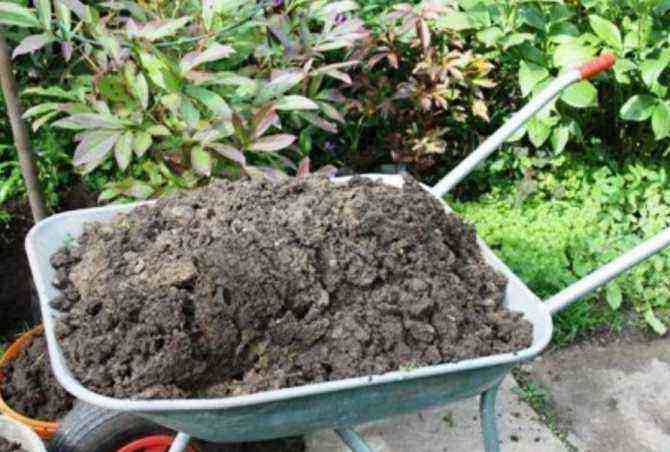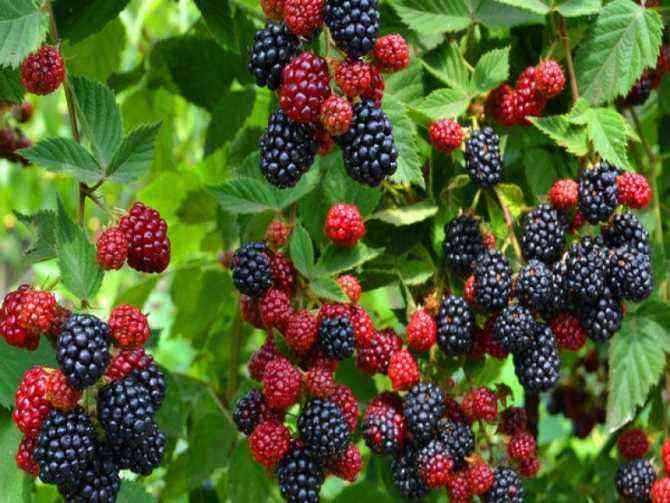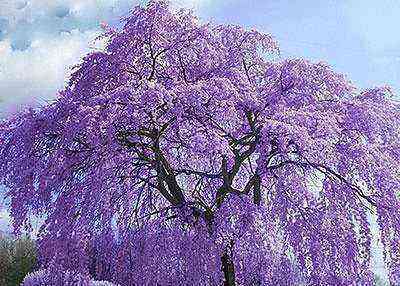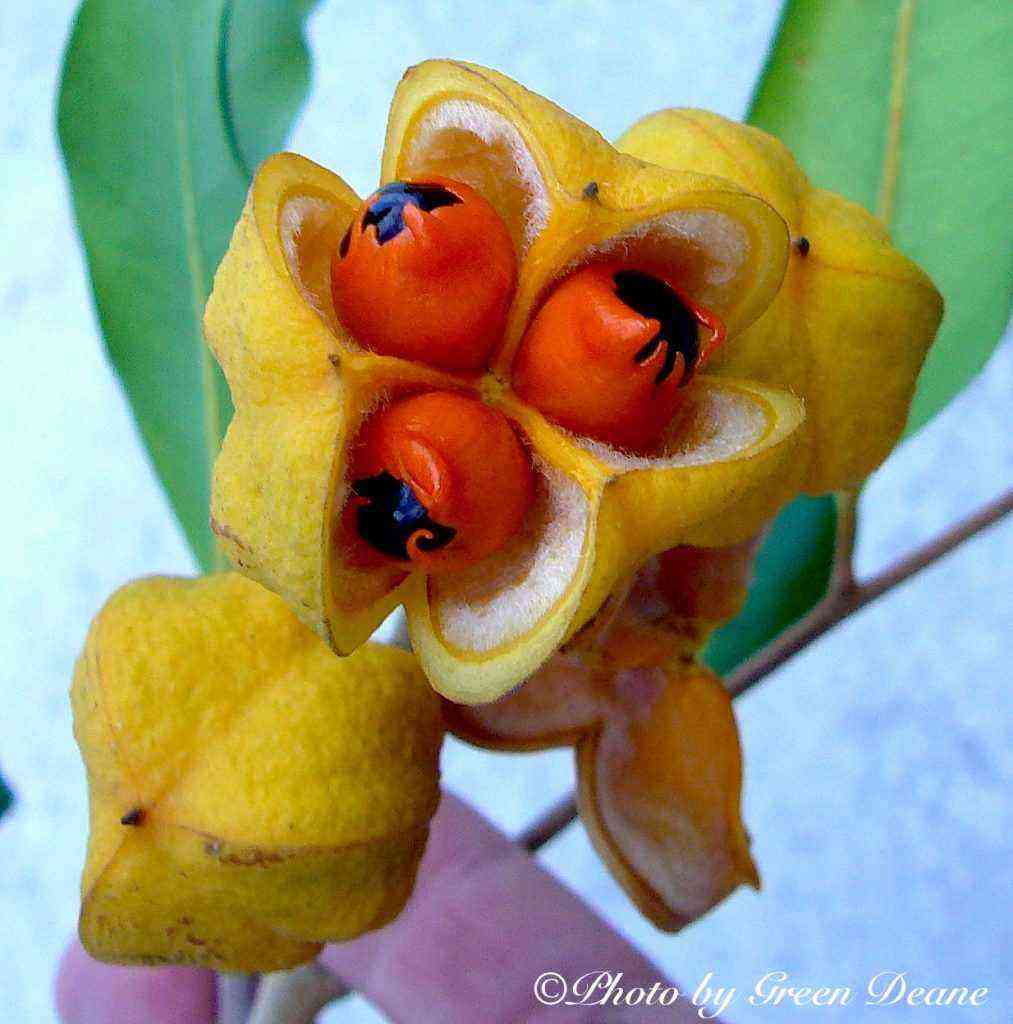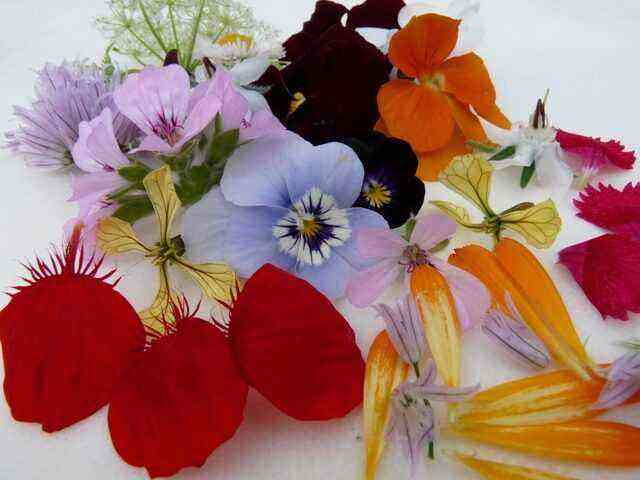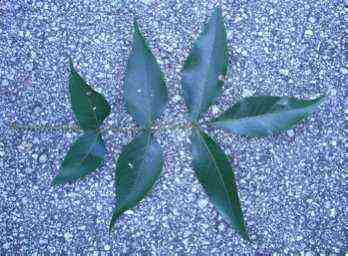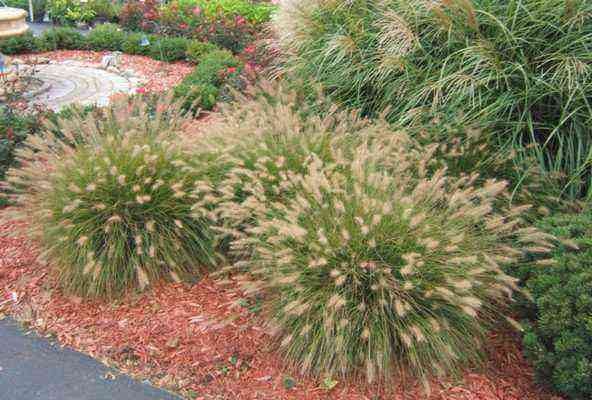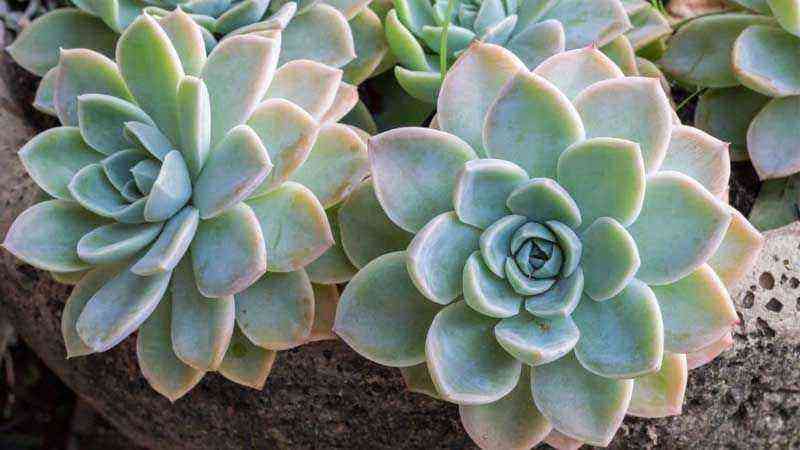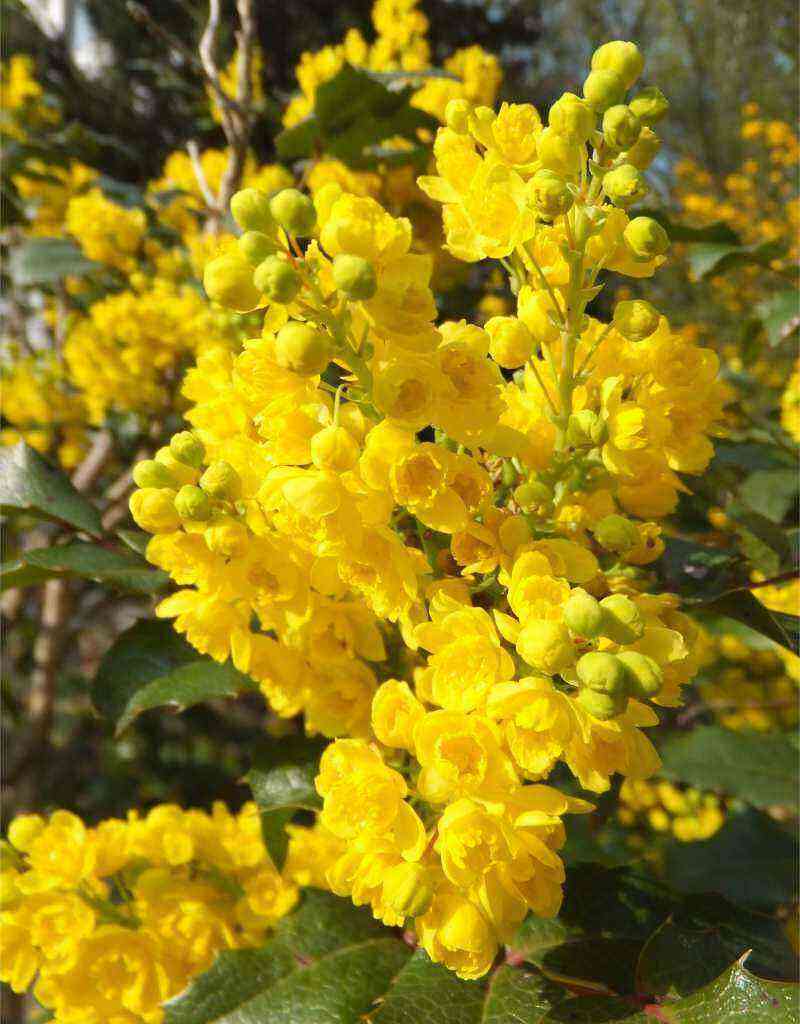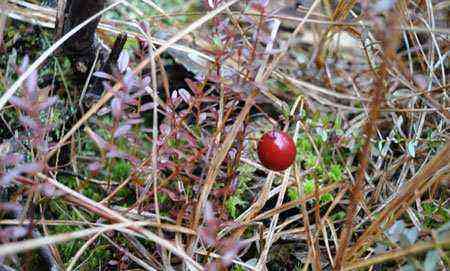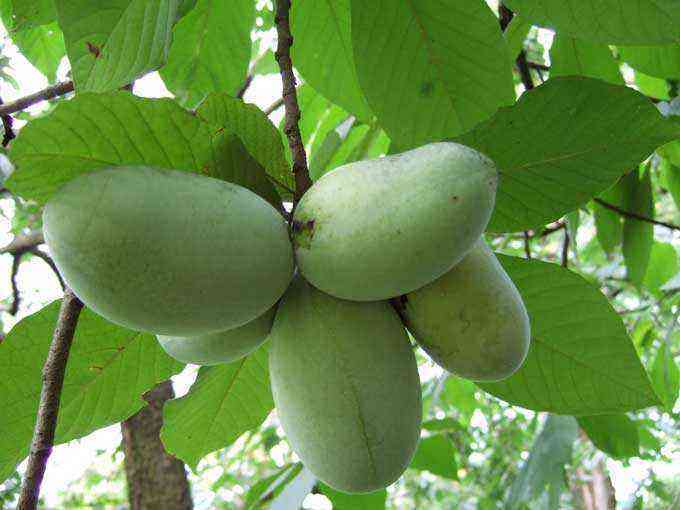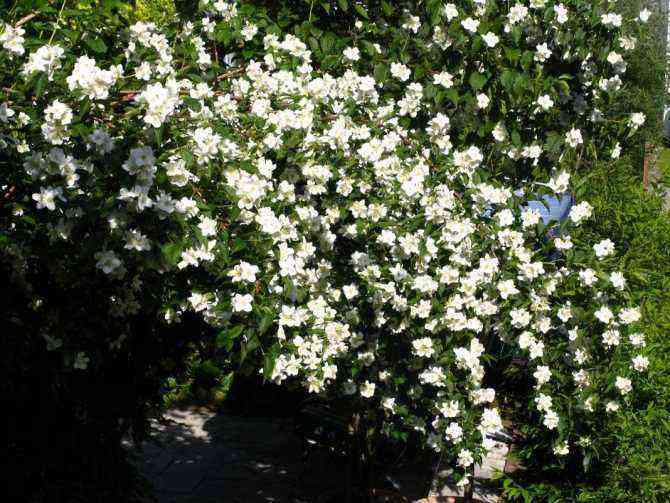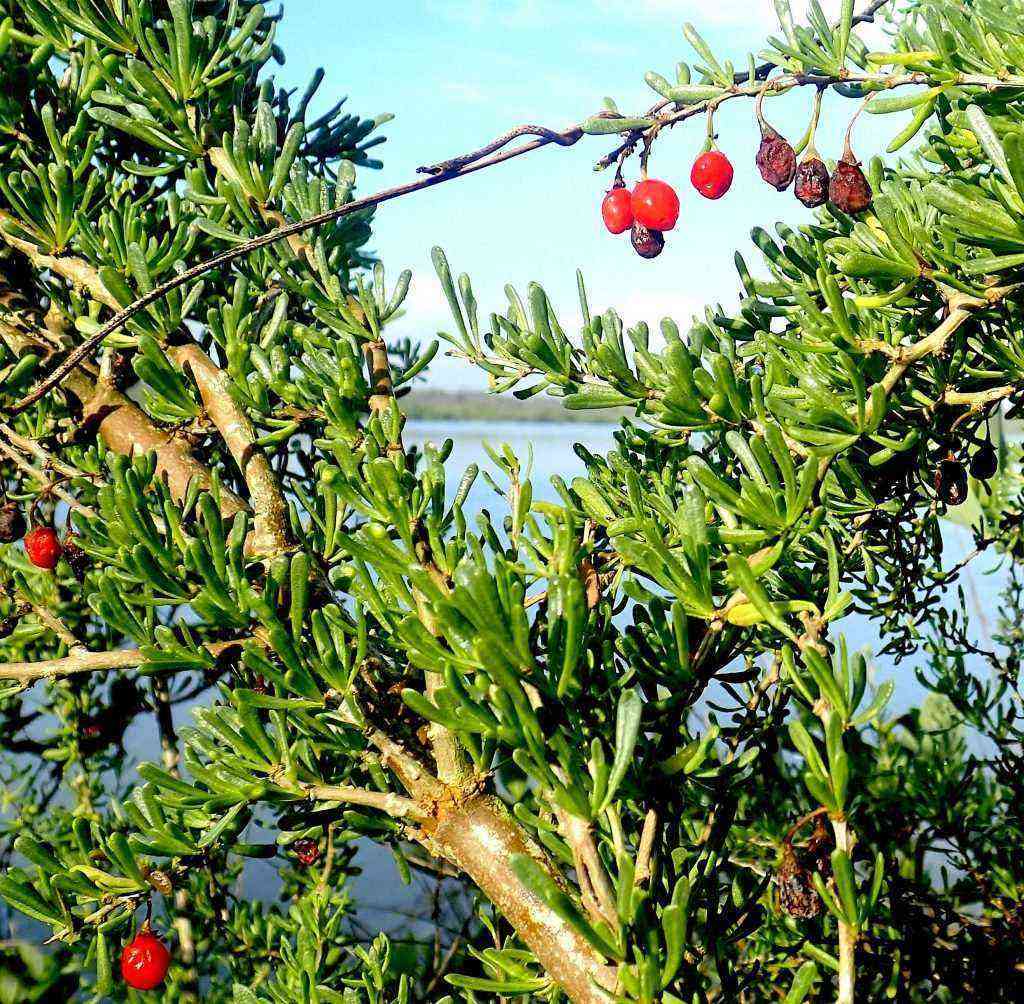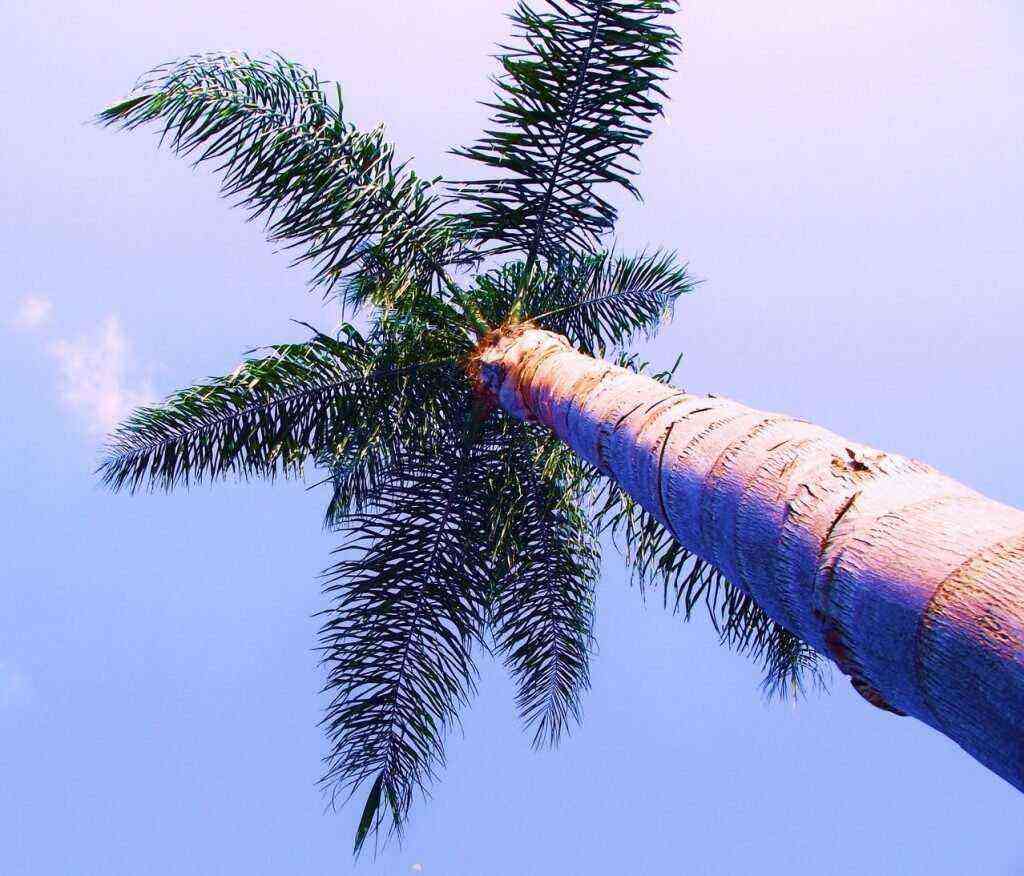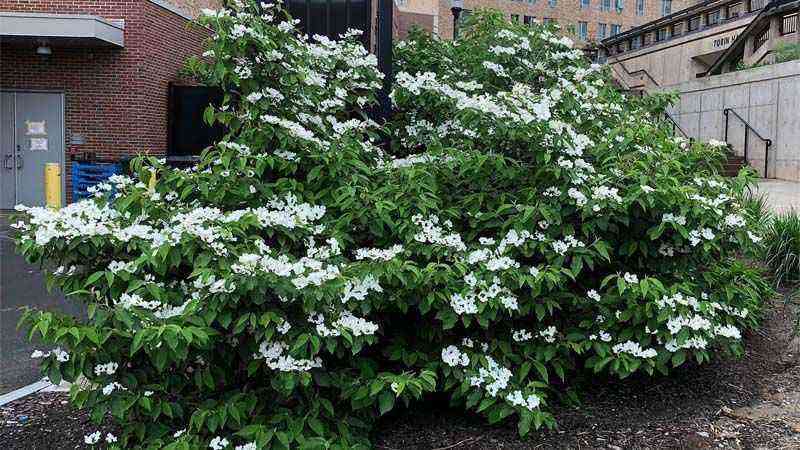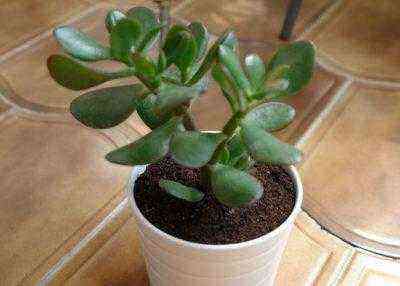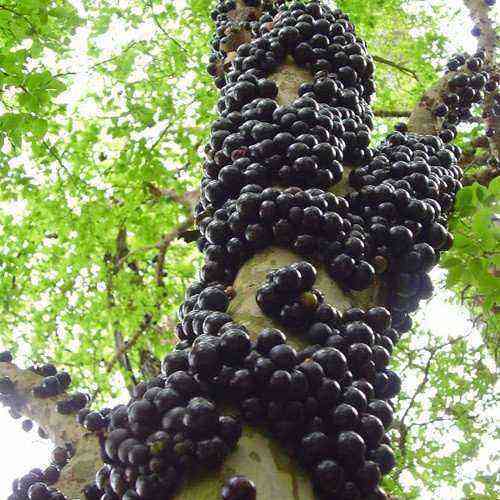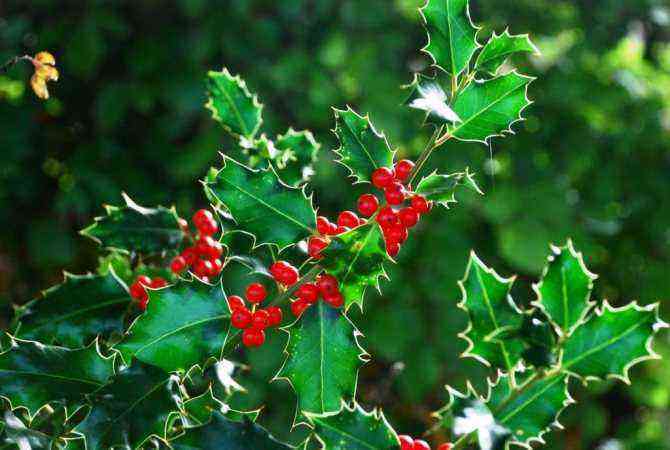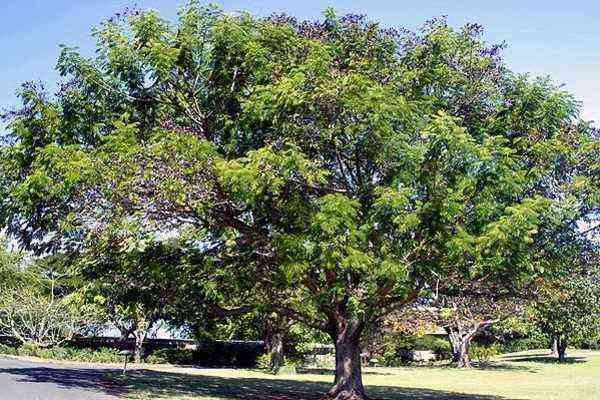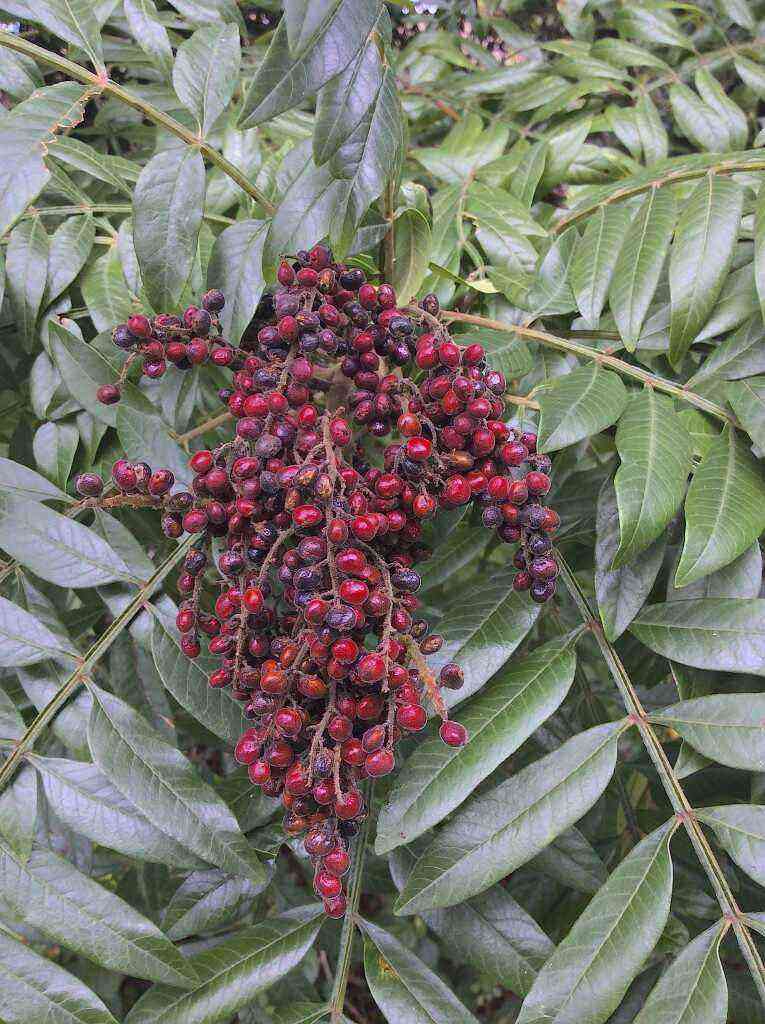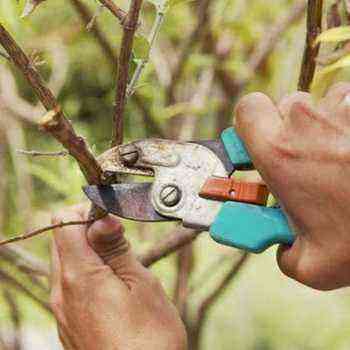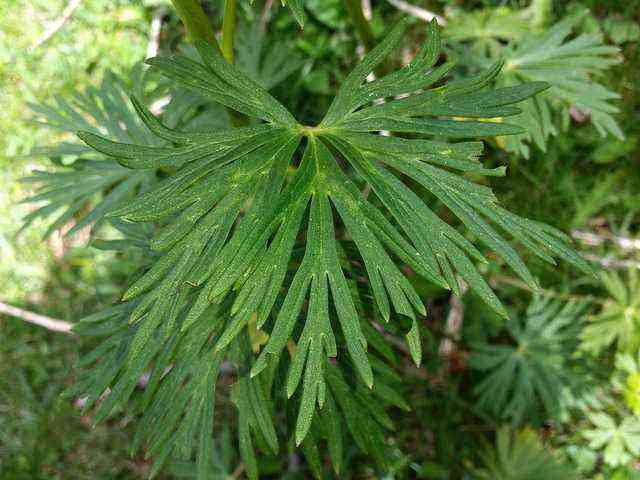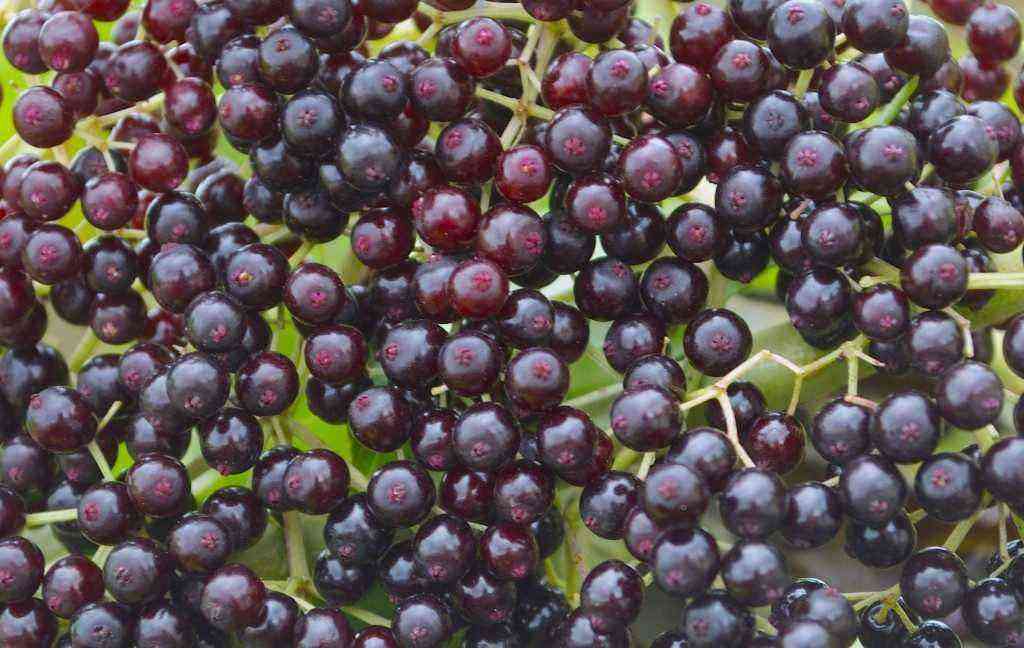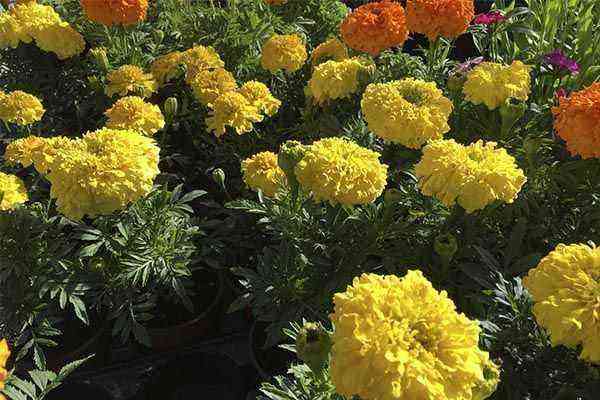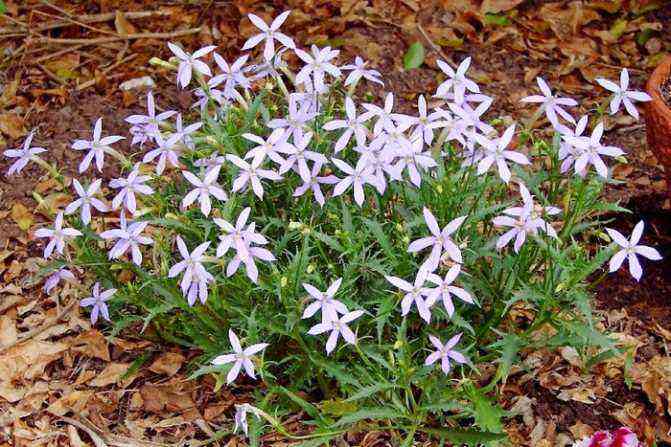
Raw Bunya Pine nuts taste similar to raw peanuts. Photo by Green Deane
The Australian Aboriginals knew a good thing when they tasted it. So did the immigrants. It’s hard to find anyone who doesn’t like the taste of Bunya Pine nuts. But you will find people who don’t like to clean up after it because the ancient species sheds sharp leaves and heavy cones.
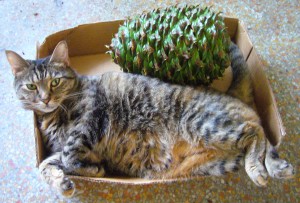
The Bunya cone may be prickly but Cous Cous holds on to her prime napping space. Photo by Green Deane
As a well-fed kitty Cous Cous, right, doesn’t get too excited over wild food that can’t run. She weights 10 pounds and sharing the box with her is a 6.5 pound edible Bunya Pine cone. The Bunya Pine is a close relative to the Monkey Puzzle Tree which produces a similar edible fruit except rounder and more pocupine looking. And it’s a stretch to call them pines or the fruit “cones” but it will do. The tree, Araucaria bidwillii (air-ah-KAIR-ee-uh bid-WILL-ee-eye) is native to Australia and was prominent in Aboriginal culture. They would stop wars for its harvest. the Bunya has been exported over the world for a few centuries. It’s naturalized in south Florida but can be found in landscaping in warm areas of the United States and elsewhere. None have made the official maps locally though they are naturalized locally.
My friend Marabou (see Yam Harvest on You Tube) tipped me off to where there was one dropping cones so I had to take a look and taste. And dropping is the lethal word. A six-pound cone dropping 50 feet or more easily has enough impact to kill a person. A couple in New Zealand in April 2012 were hit by a watermelon size cone as they strolled hand-in-hand in a botanical garden there. It fortunately landed between them damaging shoulders and arms rather than causing fatal concussions. They did require some hospitalization.

Young Bunya Pine leaves spiral geometrically. Photo by Green Deane
In its native range the tree can grow taller than 150 feet. Around the age of 14 begins to produce cones which take up to 18 months to mature. They fruit every two to three years though three years is favored. Like the Monkey Puzzle Tree, which reportedlyy grows locally, when the cones are dropped the seeds inside are ready to eat. There’s 30 to 100 seeds per cone whereas 50 is closer to average. They can be eaten raw, boiled or lightly roasted (be careful if you roast them in their shell, they can pop!) The nuts can be deep fired or used in stuffing. Raw the texture is crispy-ish with a soft crunch. Cooked the texture is like a cooked chestnut as is the flavor. Uncooked they taste more like raw peanuts to me. The left-over shell (and wood) is used to grill fish and meat. Indeed, when you roast the nuts in the shell they smell delicious with hints of cinnamon and spice. The germinated seed also produces an underground “earth nut” which has a crisp coconut like flavor. Somewhere I also read the roots are edible but I can’t refind the reference. Seeds weigh around half an ounce each and have about 30 calories. Unlike most nuts they are more starchy than oily. If roasted a long time the become very tough but then they can be ground into a flour-like powder. You can used the shelled nuts like pine nuts and they freeze well for later use.
To see my video on the Bunya Bunya go here.
Green Deane’s “Itemized” Plant Profile: Bunya Pine
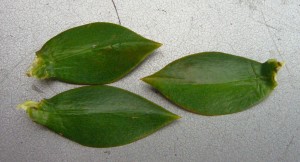
Bunya Pine leaves taper on both ends. Photo by Green Deane
IDENTIFICATION: A tall tree with an egg-shaped dome, whorls of gangly branches covered with very sharp leaves. They can draw blood. It is tempting to misidentify the Bunya Pine for the Monkey Puzzle Tree. But there is a fairly easy way to tell them apart besides their cones which are different enough not to be confusing. The Monkey Puzzle Tree has sharp triangle-shaped leaves, pointed at the tip wide at the base. The Bunya Pine leaves, right, are not diamond-shaped but they have a pointed tip and a tapered base and not too wide in the middle. Young leaves tend to be oval and can align themselves in geometric rows. Older leaves tend to be longer and linear.
TIME OF YEAR: In the northern hemisphere around July, in the southen Hemisphere around January, read the beginning of hot summer.
ENVIRONMENT: Good soil and sun. Originally a rainforest tree it will not survive deep cold.
METHOD OF PREPARATION: Nuts raw, boiled, roasted, dried, and sprouting roots as well.
